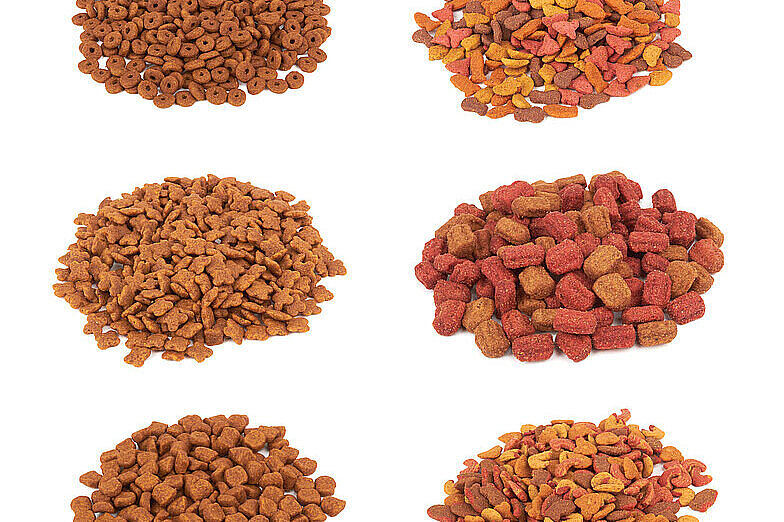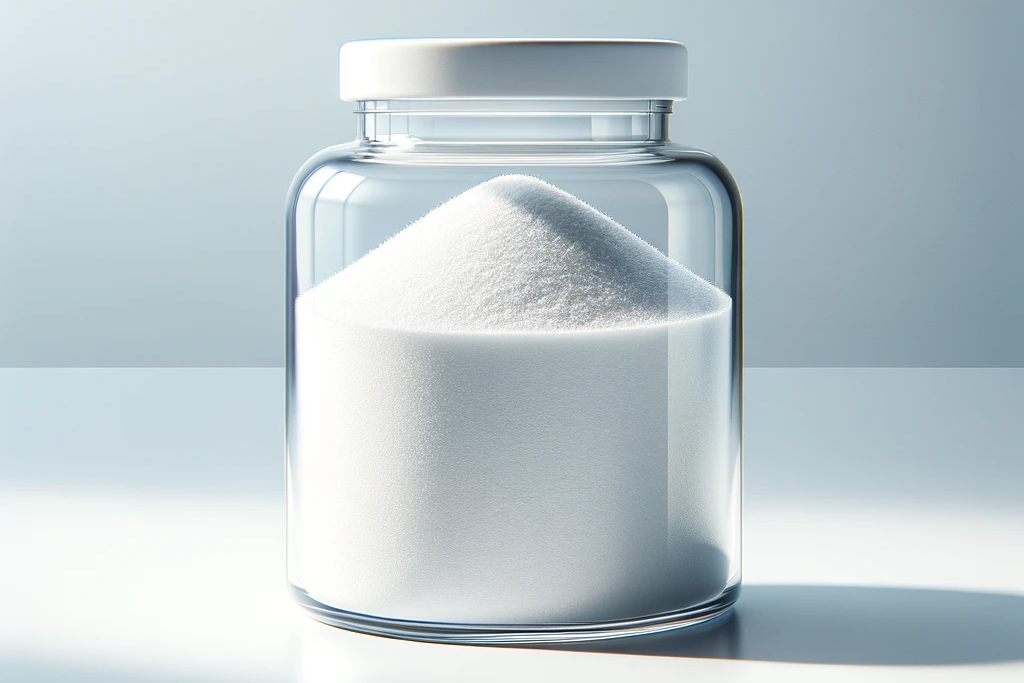Methylcellulose

What is methylcellulose?
An insight into the chemistry
Methylcellulose is a chemically modified derivative of cellulose, the main component of plant cell walls. Treating cellulose with methyl chloride produces a water-soluble fiber that is widely used in the food and pharmaceutical industries. Methyl cellulose has the unique property of gelling when heated and liquefying when cooled, which distinguishes it from other gelling agents.
The role of methyl cellulose in dog nutrition
Benefits and positive applications
Methyl cellulose is valued in dog nutrition primarily for its ability to serve as a filler, thickener and source of fiber. It can help to regulate digestion and maintain a healthy intestinal environment. Especially in dogs prone to constipation, methylcellulose intake can stimulate intestinal motility and help maintain regular digestion.
Benefits for weight regulation
Another benefit of methylcellulose is its role in weight management in overweight dogs. As a low-calorie fiber, it can help increase satiety and reduce overall calorie consumption without negatively affecting nutrient intake.
Potential disadvantages and risks
Tolerance issues
Despite the benefits, introducing methylcellulose into a dog's diet can also have drawbacks. Some dogs may be sensitive to this additive, which can lead to digestive issues such as bloating, diarrhea or even worsen constipation if not enough fluids are consumed.
The need for a balanced diet
The use of methylcellulose should not overshoot the mark in providing a balanced diet tailored to the dog's individual needs. Over-reliance on fiber supplements can interfere with the absorption of important nutrients and should therefore be avoided.
A balanced judgment
Methylcellulose presents an interesting paradox in the world of dog nutrition. On the one hand, it offers clear benefits, from aiding digestion to helping with weight control. On the other hand, it has potential risks, especially for dogs with sensitive digestive systems or if used incorrectly. The key message is that methylcellulose should be used in moderation and with your dog's individual needs and reactions in mind. This way, you can ensure that your four-legged friend receives all the necessary nutrients while benefiting from the positive aspects of methylcellulose without risking unwanted side effects.
If you notice any signs of hypersensitivity or poisoning in your dog, you should see your vet immediately. We are not a substitute for a vet, but we try to be as accurate as possible. Every dog reacts differently and we recommend you get a second opinion or consult your vet if in doubt.
Stay healthy and take good care of your four-legged friend!😊
Similar to Methylcellulose
Hydroxyethyl cellulose is a water-soluble polymer obtained by the chemical modification of cellulose. Cellulose, a naturally occurring polysaccharide and the main component of plant cell walls, is...
CMC is a derivative of cellulose, a plant substance consisting of sugar. CMC is formed when cellulose is treated with caustic soda and chloroacetic acid. Some of the hydroxyl groups of the cellulose...
You may be wondering what NSHPC has to do with dogs. The answer is: not much. NSHPC is neither particularly useful nor particularly harmful to dogs. It is an indigestible dietary fiber that has no...
Ethyl cellulose is a derivative of cellulose that is produced by the chemical reaction of cellulose with ethylene oxide. It is a water-insoluble fibre that is used in the food and pharmaceutical...



